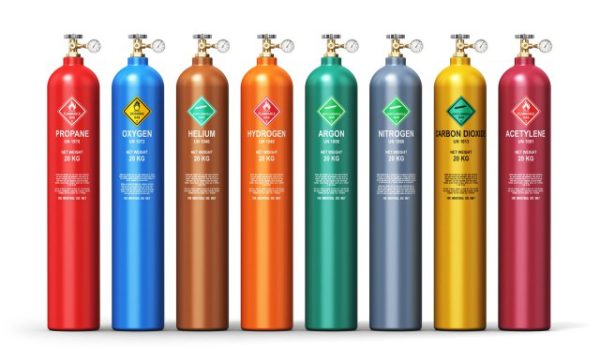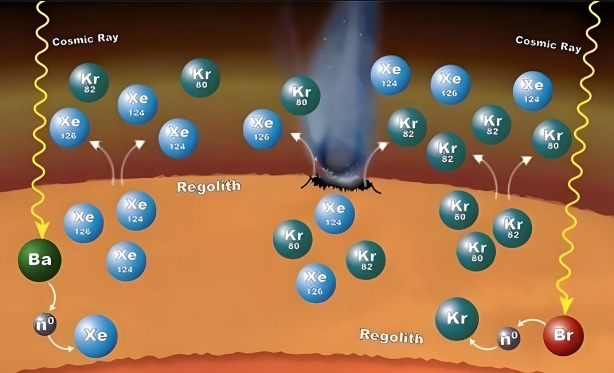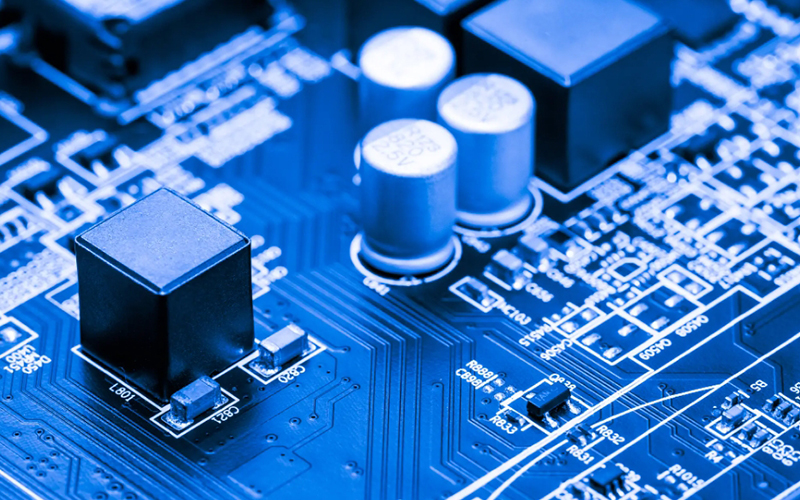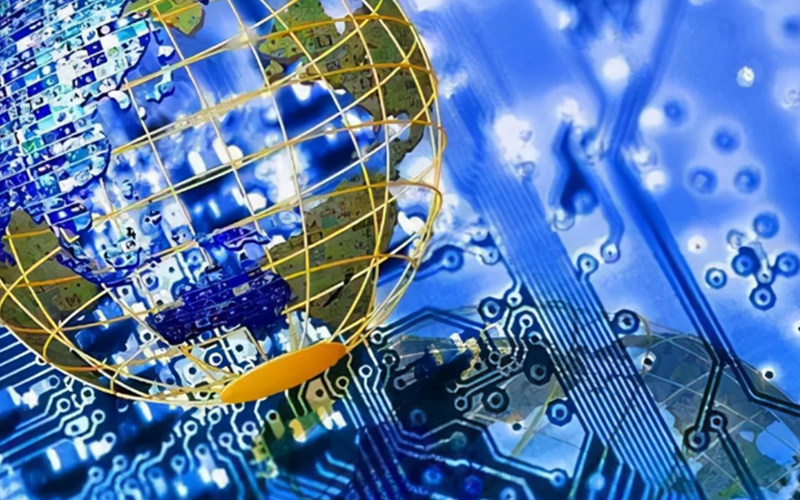Fluorine containing gases penetrate into every stage of semiconductor production
Electronic specialty gases (referred to as “electronic specialty gases”) are an important branch of specialty gases that penetrate almost every aspect of semiconductor production. They are essential raw materials for the production of electronic industries such as ultra large scale integrated circuits, flat panel display devices, and solar cells.
Fluorinated gas
In semiconductor technology, fluorinated gases are widely used. Currently, fluorinated electronic gases account for about 30% of the total amount in the global electronic gas market. Fluorinated electronic gases are an important component of special electronic gases in the field of electronic information materials, mainly used as cleaning agents, etchants, dopants, film forming materials, etc. In this article, the author will introduce common fluorinated gases to you.
The following are commonly used fluorine-containing gases
(1) Nitrogen trifluoride (NF3): a gas used for cleaning and removing deposits, typically used for cleaning reaction chambers and equipment surfaces.
(2) Sulfur hexafluoride (SF6): used as a fluorinating agent in oxide deposition processes and as an insulating gas for filling insulation media.
(3) Hydrogen fluoride (HF): used to remove oxides from the surface of silicon and as an etchant for etching silicon and other materials.
(4) Nitrogen fluoride (NF): used for etching materials such as silicon nitride (SiN) and aluminum nitride (AlN).
(5) Trifluoromethane (CHF3) and Tetrafluoromethane (CF4): Used for etching fluoride materials such as silicon fluoride and aluminum fluoride.
However, fluorinated gases have certain hazards, including toxicity, corrosiveness, combustibility, etc.
(1) Toxicity:
Some fluorinated gases are toxic, such as hydrogen fluoride (HF), whose vapor has a strong irritant effect on the skin and respiratory tract, and is harmful to human health.
(2) Corrosivity:
Hydrogen fluoride and some fluorides have strong corrosiveness and can cause serious damage to the skin, eyes, and respiratory tract.
(3) Flammability:
Some fluorides are flammable and react with oxygen or water in the air to release intense heat and toxic gases, which may cause fires or explosions.
(4) High voltage danger
Some fluorinated gases have explosive hazards under high pressure and require special care when used and stored.
(5) Impact on the environment:
Fluorinated gases have a high atmospheric lifespan and GWP value, and have a destructive effect on the atmospheric ozone layer, which may lead to global warming and environmental pollution.
The continuous deepening of gas applications in emerging fields such as electronics has brought a large amount of new demand for industrial gases. Based on the large amount of new capacity of semiconductor, display panel and other major electronic components in Chinese Mainland in the next few years, and the strong demand for import substitution of electronic chemical materials, the domestic electronic gas industry will usher in a high growth.






